1. Lion Cubs Kept as Status Symbols

In the early 1900s through the mid-century, photographs and home movies show families keeping lion cubs as novelty pets, especially in Europe and the United States. These cubs were often purchased from traveling circuses or exotic animal traders who sold them as “docile when young.” Owners quickly learned that lion cubs grow rapidly in size and strength, often developing territorial and unpredictable behaviors. Modern regulations classify lions as dangerous wildlife requiring specialized care. Today, private ownership is banned or heavily restricted in most countries due to safety risks and welfare concerns.
2. Chimpanzees in Private Homes

Chimpanzees were once popular exotic pets, particularly in the 1950s and 1960s, when media portrayals made them seem friendly and humorous. However, chimps share more than 98% of their DNA with humans, which means they mature cognitively and emotionally in ways similar to us but with far greater physical strength. Adult chimps can be up to five times stronger than an adult human and often display dominance aggression as they age. Most countries now ban private chimp ownership due to risks to humans, and the severe psychological stress captivity causes for the chimps themselves.
3. Brown Bears Raised as Companions

Historical records show families and taverns in rural Europe keeping bear cubs to attract visitors or symbolize regional heritage. While cubs may appear manageable, bears grow rapidly and maintain strong instincts to roam, defend territory, and forage aggressively. Their size and strength make them extremely risky in confined environments. Modern wildlife protection laws classify bears as animals requiring professional habitats and training. The shift reflects both safety awareness and recognition that bears require complex natural environments for physical and mental well-being.
4. Alligators as Backyard Pets
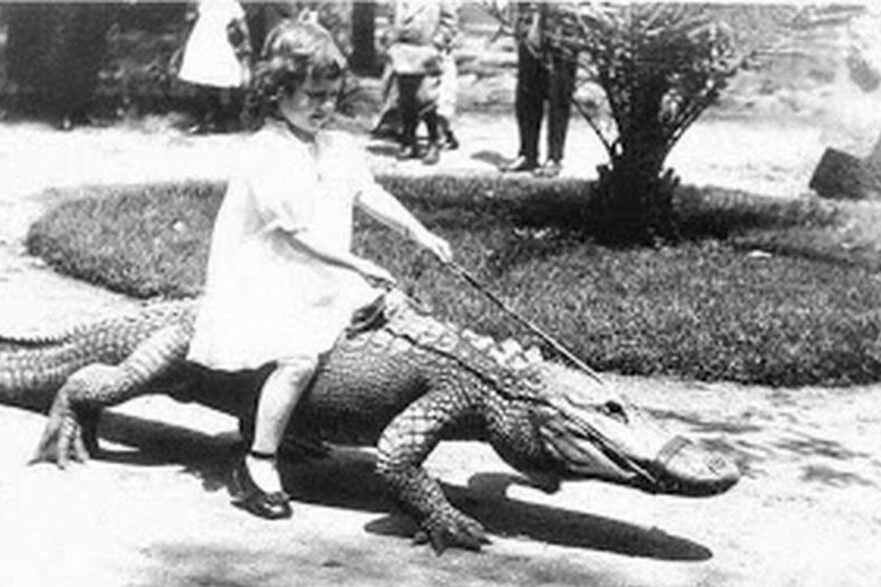
Especially in parts of the United States during the mid-20th century, alligator hatchlings were sold by roadside vendors and novelty shops. Many owners underestimated their growth rate and environmental needs. Alligators become large, territorial, and powerful, capable of injuring humans and domestic animals. They also require specific aquatic conditions to prevent disease. Today, owning an alligator without a wildlife permit is illegal in most regions. Regulations changed after repeated incidents where released alligators disrupted local ecosystems and endangered communities.
5. Foxes Sold as Cute House Pets
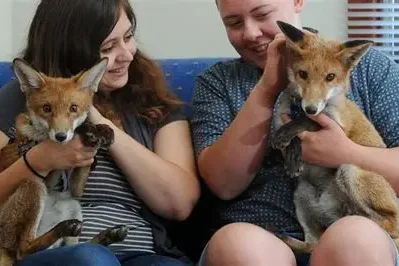
Before modern regulations, foxes were often sold as “exotic but manageable” pets. While young foxes can be social, their behavior changes as they mature. They are highly intelligent, energetic, and scent-driven, which leads to persistent digging, scent marking, and escape attempts. Captive foxes often experience stress due to confinement and lack of appropriate environmental stimulation. Domestication experiments demonstrated that modifying behavior genetically requires many generations, not individual training. Today, most jurisdictions restrict fox ownership due to welfare and ecological concerns.
6. Raccoons as Indoor Companions
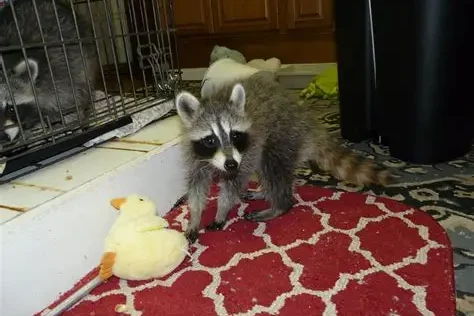
Raccoons gained popularity as pets in the early 1900s, partly due to public fascination with their dexterity and expressive faces. While raccoons can bond with humans, they also exhibit strong foraging instincts and problem-solving behaviors that make them difficult to manage indoors. They can open cabinets, remove screens, and manipulate latches. Their unpredictable behavior intensifies as they mature, and they are frequent carriers of diseases transmissible to humans and pets. Modern wildlife regulations typically prohibit or tightly control raccoon ownership.
7. Wolves and Wolf Dog Hybrids

For much of history, people experimented with keeping wolves or wolf dog hybrids as companions. While wolves and dogs share ancestry, wolves retain territorial and pack-driven instincts that make domestic environments stressful. Wolf dog hybrids exhibit unpredictable behavior because genetic expression varies widely. Even hybrids with a small percentage of wolf ancestry may show resource guarding or flight-driven responses unfamiliar to domestic dog owners. Today, many regions ban wolf dog hybrids due to safety concerns and welfare requirements that typical households cannot meet.
8. Monkeys as Entertainment Pets
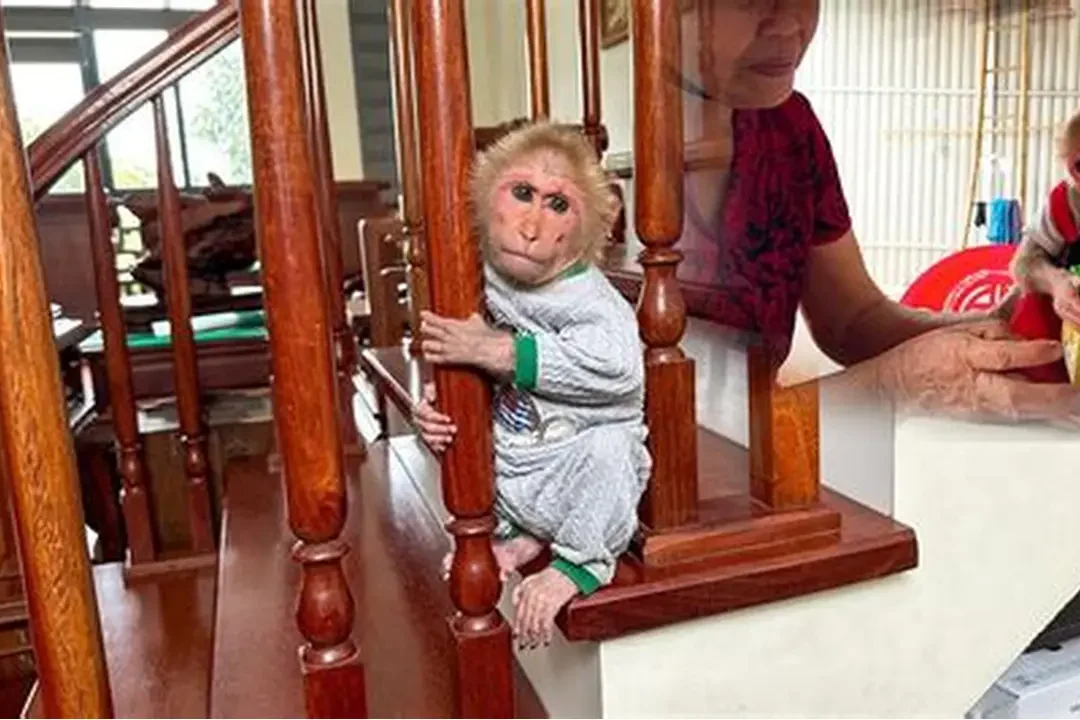
From Victorian parlors to mid-20th century suburban homes, monkeys were often purchased as novelty pets. Their social dynamics, however, are complex, and they typically show aggression as they reach maturity. Monkeys require constant social stimulation and precise nutrition to maintain health. Confinement can lead to frustration, stress behaviors, and biting. Public health laws now also address disease transmission between primates and humans. Because of these factors, private monkey ownership is now heavily restricted or illegal in most jurisdictions.
9. Big Cats in Private Collections

Tigers, leopards, and cougars have historically been kept in private collections for status. Modern animal welfare science shows that these species require large, enriched environments and strong social or solitary conditions depending on the species. Maintaining such habitats is costly and specialized. Improper housing leads to stress behaviors and aggression, and escape risks endanger surrounding communities. Regulations now prohibit or heavily license big cat ownership due to consistent safety hazards and welfare concerns.
10. Crocodiles in Residential Settings
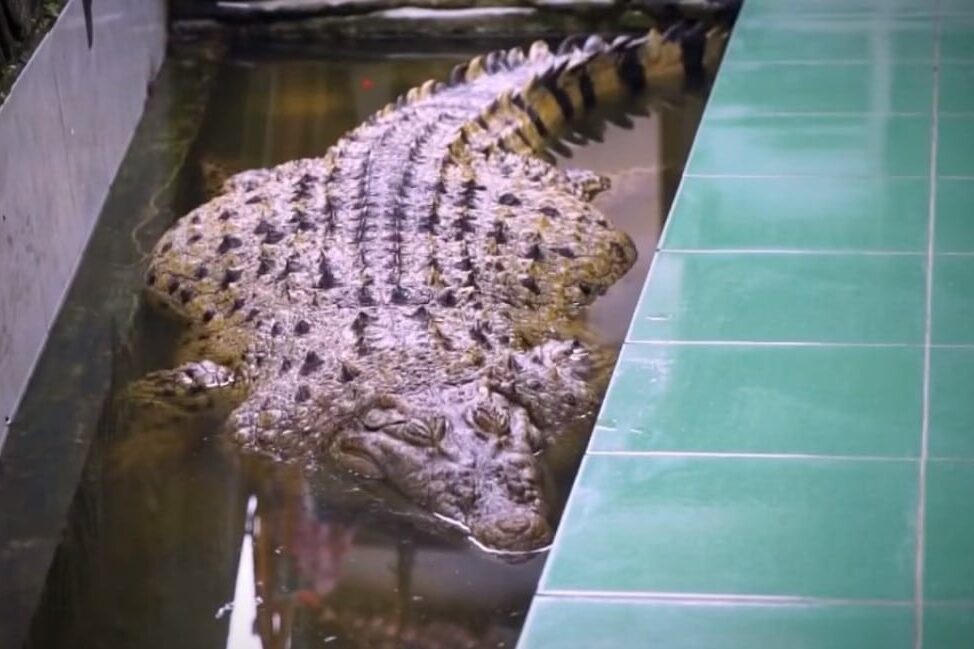
Decades ago, crocodiles appeared in private ponds and hotel attractions where they were treated as living decorations. People underestimated their patience and sudden bursts of speed. Even small crocodiles could injure handlers within seconds. They also needed precise water temperatures and diets to survive, conditions most owners could not maintain. Over time, attacks and escapes led to bans on private ownership. Modern laws now recognize crocodiles as highly dangerous animals requiring professional facilities and specialized habitats. Their place is in nature, not in ornamental pools.
11. Pythons and Large Constrictors
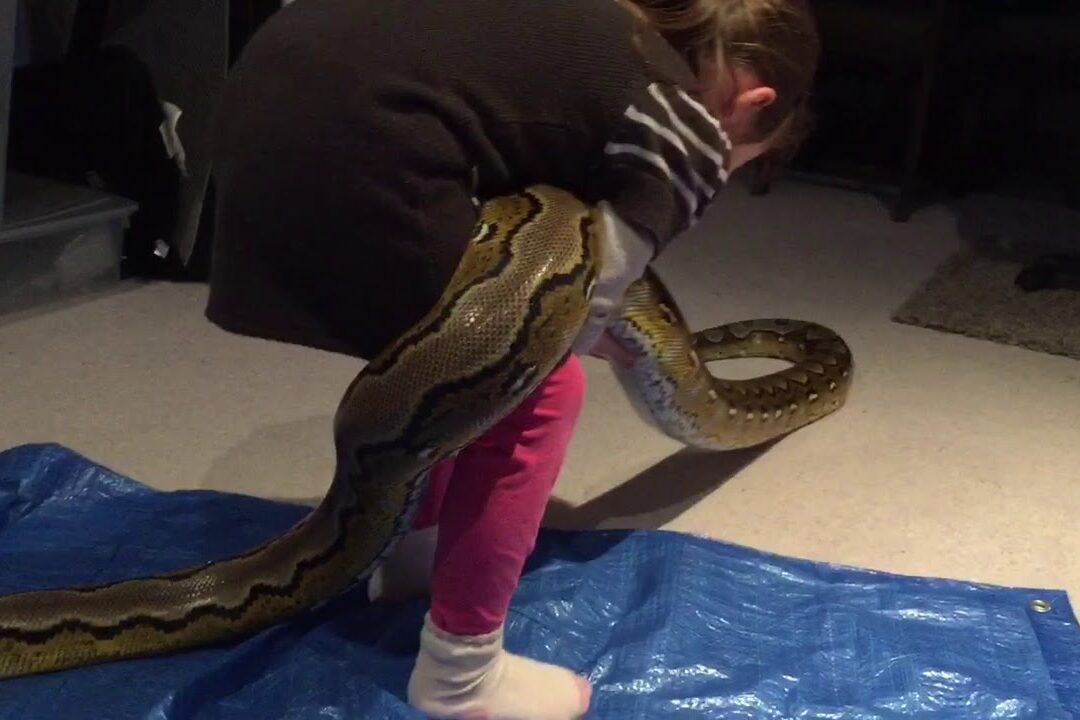
In the 1980s, owning a massive snake became a symbol of exotic taste. People brought home young Burmese pythons or boas, unaware they could grow over fifteen feet long. Many escaped or were released, particularly in Florida, where they devastated local wildlife. These snakes pose serious risks to children, pets, and ecosystems. Laws now require strict permits or ban them outright. What once symbolized mystery and adventure now stands as a lesson about the consequences of ignoring nature’s limits and the responsibilities that come with fascination.
12. Hyenas in Private Carnivore Menageries
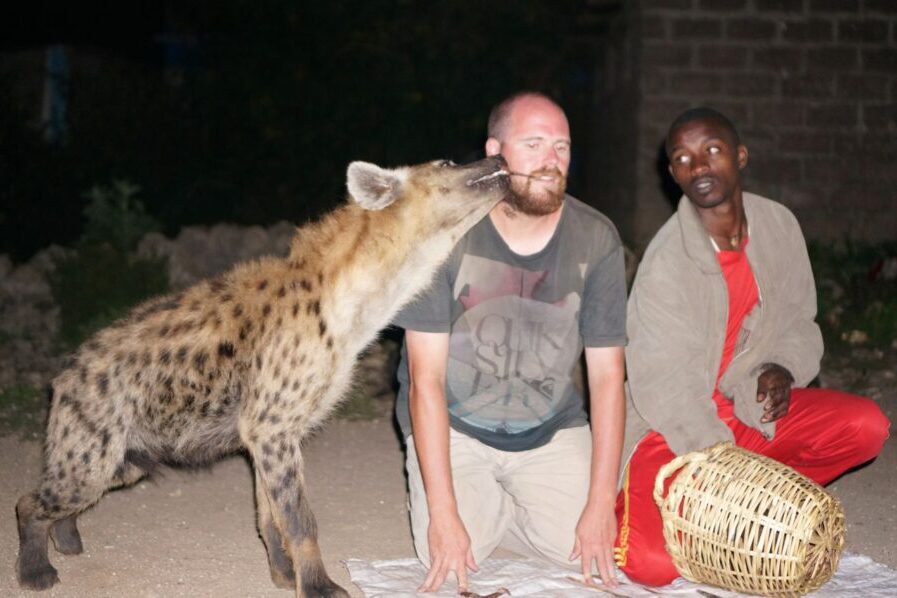
Hyenas were once featured in small private zoos and roadside attractions where owners misunderstood their behavior. Often seen as funny scavengers, they are actually complex, intelligent predators with strong social hierarchies and powerful jaws. When confined or isolated, they become stressed and aggressive. Many owners could not manage their strength or unpredictable reactions. Governments later banned private ownership, emphasizing safety and welfare. Today, hyenas remain wild creatures that thrive only in structured conservation spaces, far from the unnatural conditions of domestic captivity.
13. Peacocks and Other Exotic Ground Birds
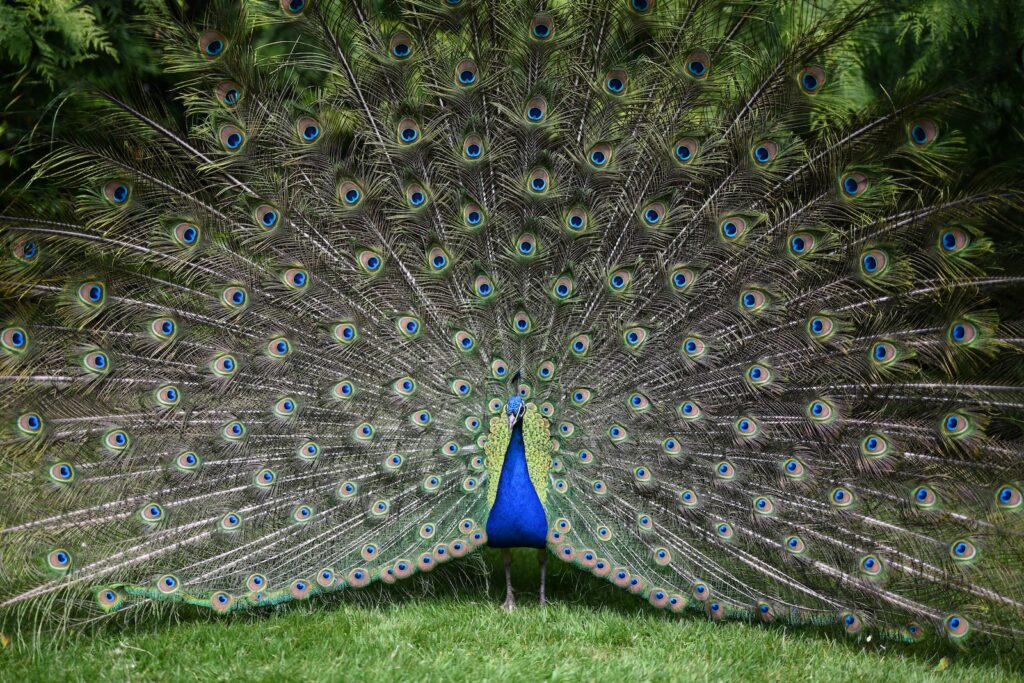
Peacocks were long considered living jewels, prized for their feathers and elegance. Aristocrats and city homeowners alike kept them to show wealth. Yet peacocks are loud, territorial, and destructive to gardens and vehicles when nesting. Many escaped into neighborhoods where they became invasive, damaging crops and rooftops. Communities grew frustrated, and local governments began restricting ownership. Today, peacocks are admired in sanctuaries or estates with proper care, serving as reminders that beauty in nature belongs where it can roam free without harm.
14. Skunks Before De Scenting Was Regulated
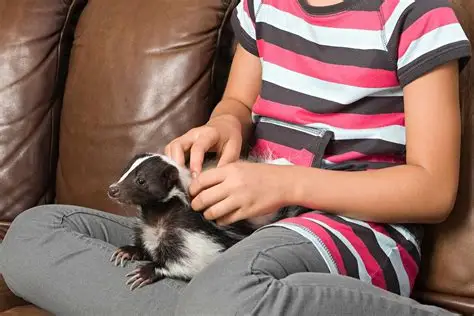
In the early 20th century, people kept pet skunks after removing their scent glands to make them manageable. They became quirky house companions, known for curiosity and gentle tempers. Yet removing scent glands caused pain and disrupted communication, leading to stress and health issues. Skunks also carried diseases that threatened humans and other pets. Over time, welfare laws banned de scenting and restricted ownership to licensed professionals. Today, pet skunks are mostly illegal, marking a shift toward understanding that altering wild animals for convenience causes more harm than good.
15. Servals and Caracals
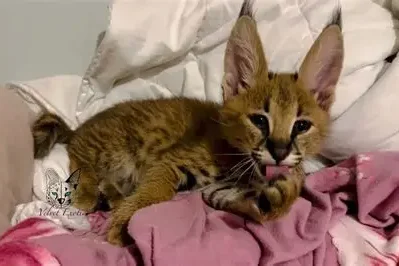
Exotic pet traders once marketed servals and caracals as perfect alternatives to domestic cats, smaller but still wild-looking. Their sleek bodies and spotted coats fascinated buyers, but these cats never adapted to indoor life. They retained strong hunting instincts, marking territory and attempting to escape confinement. Many ended up in shelters or sanctuaries after becoming unmanageable. Governments eventually banned or restricted their ownership. Today, servals and caracals are protected wildlife, better suited to the open savannas they belong to rather than suburban backyards.
16. Kinkajous as Novelty Pets

Kinkajous, small rainforest mammals with large eyes and curling tails, were once sold as exotic pets. They appeared sweet and gentle but were nocturnal and easily irritated when disturbed. Their sharp teeth and strong claws made them difficult to handle. Owners soon realized they needed tropical humidity and specialized diets to survive. Many were surrendered after aggressive outbursts. Laws eventually restricted their ownership to professional facilities. Today, kinkajous are recognized as wild animals that should remain in the treetops where they thrive naturally.
17. Fennec Foxes in Unregulated Markets
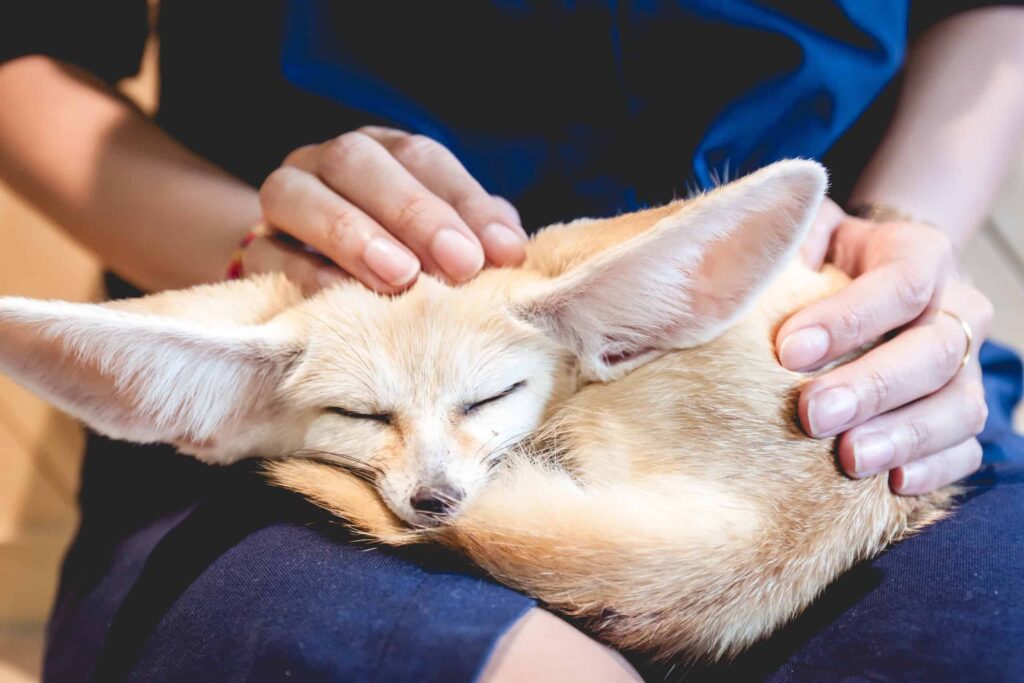
Fennec foxes became popular in underground exotic pet markets for their large ears and small size. People imagined they would behave like playful puppies, but they are desert dwellers needing heat, sand, and space to dig. In homes, they often became noisy and restless, chewing through furniture and escaping. Many suffered from stress or malnutrition. Conservationists pushed for laws banning their sale to protect them from exploitation. Today, fennec foxes live safely in wildlife reserves, admired for their uniqueness without being trapped in domestic life.
18. What Changed
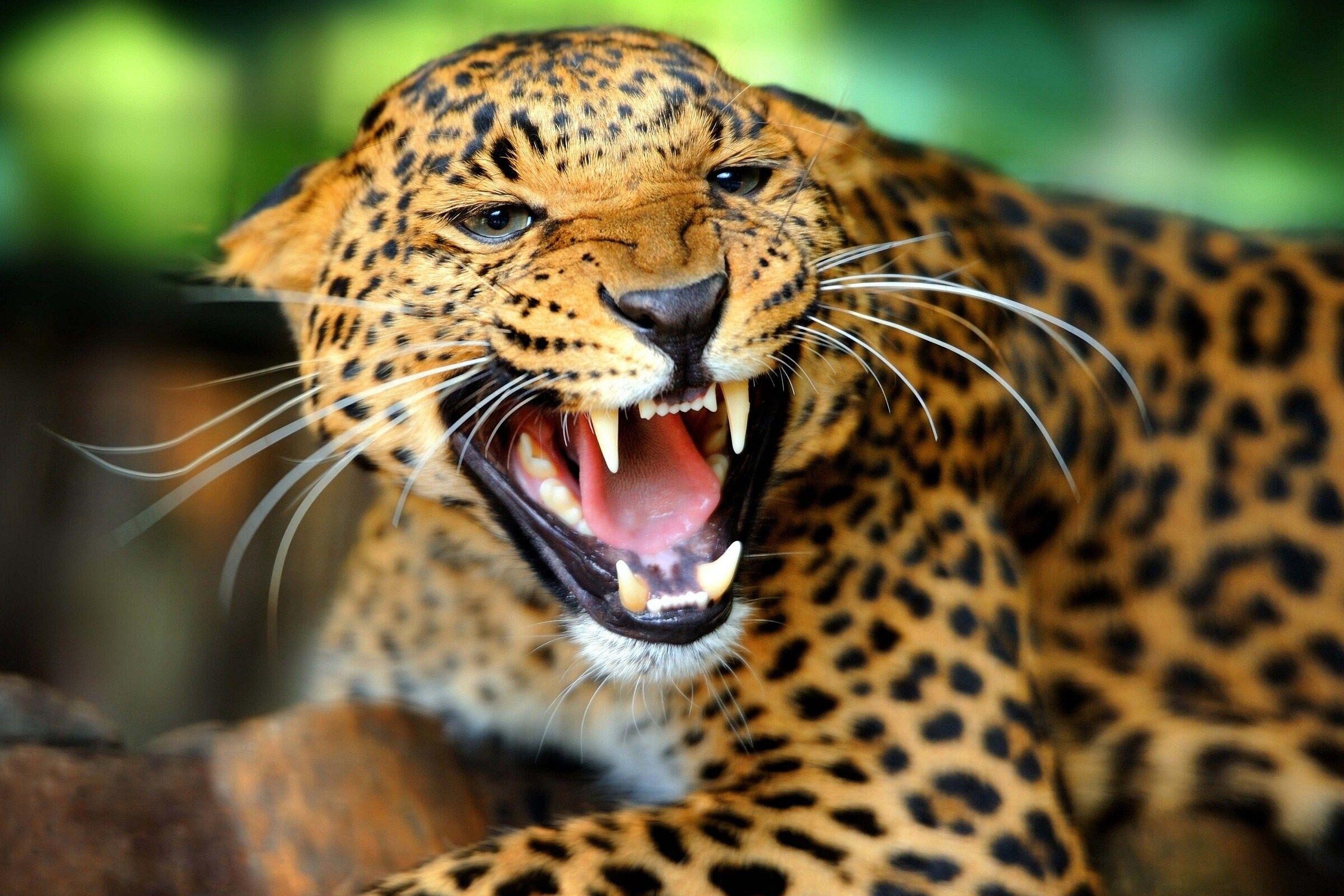
Over time, people realized fascination should not come at the cost of animal suffering or human safety. Science revealed how wild animals need freedom, natural environments, and social bonds that captivity cannot provide. Laws evolved to reflect compassion, protecting ecosystems and living creatures once treated as possessions. What began as curiosity matured into respect. Today, we understand that loving wildlife means letting it stay wild, and our admiration is best shown through conservation rather than control.
This story 18 Pets People Used to Keep That Would Be Illegal Today was first published on Daily FETCH


